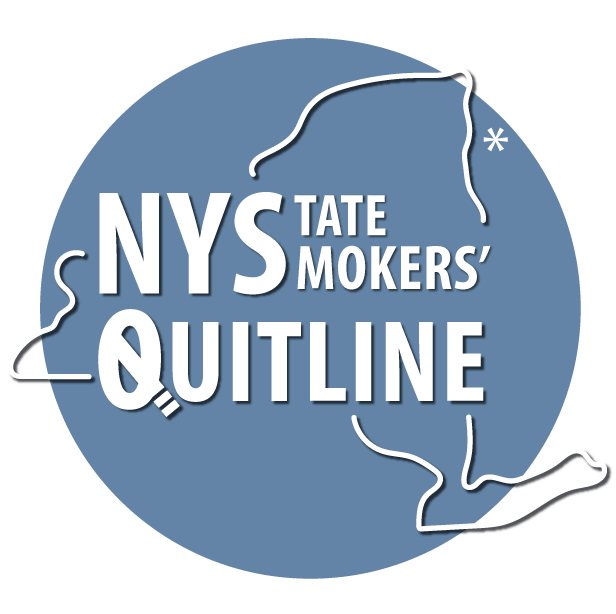
How to QuitKeep trying — practice!
What will it take for me to quit?
It's normal to quit multiple times, and in many ways, before quitting for good! Chances are you've tried to quit before, and you know it can be tough to stay motivated.Tips
What are your reasons to quit smoking, vaping, or chew? Think of them during tough times. Planning builds confidence and helps you manage your triggers. Quitting is a process. Try not to be hard on yourself. Keep trying.Help to quit
Free, confidential, evidence-based help to quit smoking, vaping, or tobacco for New Yorkers.Consider medications
Medications, like the nicotine patch, lozenge, or gum, can boost your chance of quitting by controlling nicotine cravings.Combination nicotine replacement therapy, or combination therapy, can be especially helpful for people who vape or smoke heavily, about 20 or more cigarettes per day. Combination therapy typically means using the patch along with the gum or lozenge.

The patch gives you a steady dose of nicotine throughout the day. Providing relief from withdrawal.
+

While the lozenge or gum work fast to stop cravings in their tracks. Use these as you need them based on their package instructions or advice from your health care provider.
Tried medications before? Talk with your healthcare provider to be sure you have the right dosage, amount, and medication type for you.
Learn more Get free nicotine patches, gum, or lozenge*
*Availablity may vary.
Find your support
Tell your healthcare provider you're thinking about quitting. Ask for support, like stop-smoking medications to help stop cravings and relieve withdrawal symptoms. Your health provider can prescribe medications that are best for you.
Find those family members and friends who will support your quit efforts.
Ask them to be there when you need someone to talk to or help you through a tough situation that might bring you back to smoking.
Talk with a Quit Coach for support, a plan to quit, and strategies to stay quit.
Consider a quit date
When you're ready, try picking a quit date in the next two weeks. This will give you time to prepare. Write down your quit date or set it in your calendar to help strengthen your commitment to quit.
Remember your reasons to quit — ask yourself, do I want to quit to improve my health, be around for my family members and loved ones, save money, or look, feel, and smell better? This will help to keep you motivated.
Carry your reason with you or a picture of those you are quitting for to keep you going during tough times.



 Print Me!
Print Me!



Follow us
News, program updates, and support to quit: